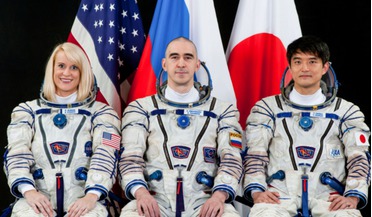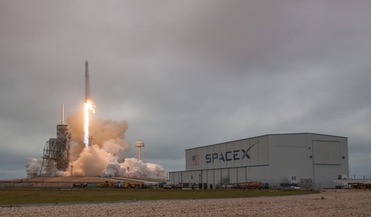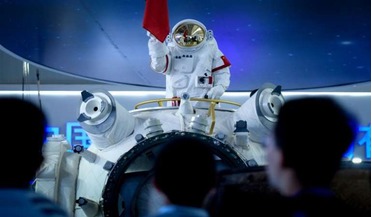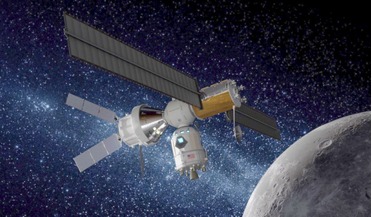 February 2020
Surviving bacteria in space
February 2020
Surviving bacteria in space
... for spacecraft crews is therefore currently not fully guaranteed - and in a facility like the International Space Station (ISS), no-one would be happy to hear about an uncontrolled microbial dissemination. Astronauts sample a surface on the...
 April 2020
Reviving Russia’s space programme
April 2020
Reviving Russia’s space programme
..., and even spacecraft sitting on other celestial bodies (‘new owners collect’), were successful. Space tourists paid cash to fly to the International Space Station (ISS). Managers who ran Soviet industries - some of the most efficient in the world...
 06 July 2016
The next trio of intrepid explorers head to the ISS
06 July 2016
The next trio of intrepid explorers head to the ISS
... agency Roscosmos, and astronaut Takuya Onishi of the Japan Aerospace Exploration Agency to head to the International Space Station (ISS) tonight, with launch preparation starting at around 8.30 p.m EDT. All three will travel in an upgraded Soyuz...
 20 February 2017
SpaceX Falcon 9 successfully on its way to the ISS
20 February 2017
SpaceX Falcon 9 successfully on its way to the ISS
... there. Last month, NASA said it would pay an incredible $2.6 billion for SpaceX to ferry US astronauts up to the International Space Station (ISS) and back. SpaceX has reportedly spent tens of millions of dollars to make the infamous Launch Complex...
 07 November 2018
China unveils its new space station 'Heavenly Palace'
07 November 2018
China unveils its new space station 'Heavenly Palace'
... a partial replica of its ‘Heavenly Palace,’ a 60-tonne orbiting space lab that is the nation’s answer to the International Space Station (ISS). The International Space Station – a collaboration between the United States, Russia, Canada, Europe...
 21 October 2019
Russia could join US-led Lunar Gateway programme
21 October 2019
Russia could join US-led Lunar Gateway programme
... the Moon's surface. Krikalev said Russia intends to continue working with its partners as it has on the International Space Station (ISS). "We are planning to participate in Gateway. We don't have a final decision how - or which way," Krikalev said...